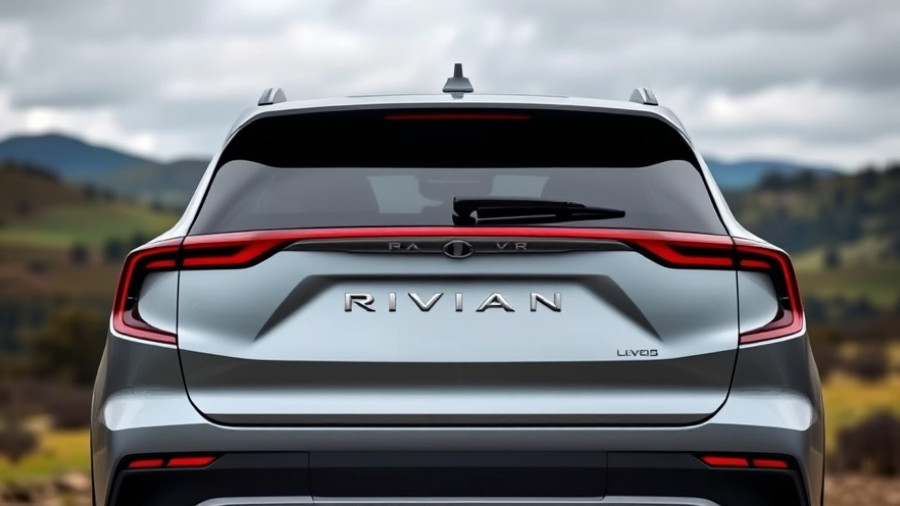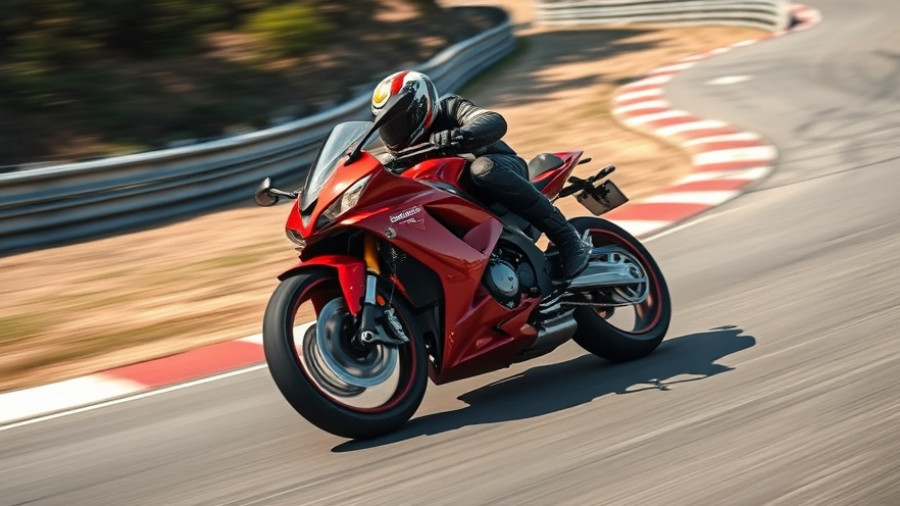
Rivian's Legal Journey: From Controversy to Collaboration
Rivian, the electric vehicle manufacturer that has garnered attention for its innovative designs and potential market reach, finds itself moving past a challenging chapter. After an extensive court battle centered on a proposed $250 million settlement linked to defendant claims about pricing around its 2021 IPO, the company is now geared to shift its focus toward more promising ventures.
Understanding the Settlement and Its Impacts
The company recently agreed to settle the Crews v. Rivian class action lawsuit, aimed squarely at investors who purchased Class A shares between November 10, 2021, and March 10, 2022. Although Rivian maintains that it has done nothing wrong, settling, with approximately $67 million to come from liability insurance and roughly $183 million from cash reserves, provides a strategic escape from the financial and reputational strain associated with litigation.
This legal narrative emerged largely due to investor claims regarding misleading statements about Rivian's material cost assessments relative to their product prices. Tensions heightened when Rivian enacted a 20% price increase on its R1T pickup and R1S SUV, resulting in numerous cancellations from existing pre-order holders and a formidable plummet in stock value.
The Path Toward the R2: Rivian's New Hope
With courtroom battles receding, Rivian is poised to launch what's envisioned as a game-changing product: the R2. This smaller SUV, priced around $45,000, aims to make Rivian's offerings more accessible to a broader audience, targeting competitors like the Tesla Model Y and Hyundai Ioniq 5.
The R2's design promises to maintain the adventurous spirit that has come to define Rivian's identity, featuring an estimated range of 300 miles, thoughtful space use, and practical elements intended for those who seek both utility and outdoor capabilities.
Operational Strategies and Outlook
Strategically, Rivian plans to assemble the R2 at its existing facility in Normal, Illinois, known for producing both the R1 lineup and commercial vans. As prototypes emerge, the buzz around features like a slider rear window for improved cargo accessibility and versatile seating for adventure enthusiasts is palpable. If Rivian succeeds in refining its manufacturing processes while ensuring a seamless user experience, the R2 could embody the volume production necessary to stabilize the company’s operations.
Market Trends and Future Predictions
The broader electric vehicle market is experiencing a shift, with players like Rivian navigating their way through investment scrutiny and evolving consumer preferences. The auto industry in recent years, particularly in light of the pandemic's impact on manufacturing and supply chains, has seen a significant push toward sustainable and electric vehicles, with Rivian at the forefront. As more consumers become aware of their carbon footprints and seek eco-friendly alternatives, Rivian's R2 could be well-positioned to capture market share in this pivot to green technology.
With Rivian addressing investor concerns and redirecting its focus on product development, the forthcoming months will be critical. Will this $250 million settlement mark a fresh start for Rivian as it aims for showroom success with the R2? As we continue to monitor the situation, it remains clear that Rivian’s ability to innovate and adapt will be key to its survival and growth in a competitive marketplace.
Conclusion: A Brand in Transition
The resolution of this lawsuit, while certainly a burden lifted, does not exempt Rivian from the challenges ahead. As the company prepares to reveal the R2, it does so with the understanding that consumer trust must be rekindled and strengthened. Investors and customers alike will be watching closely—the next chapter in Rivian’s story might just transform it from a legal battleground to an automotive leader in electric vehicles.
 Add Row
Add Row  Add
Add 




Write A Comment